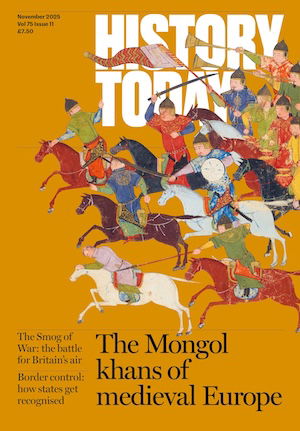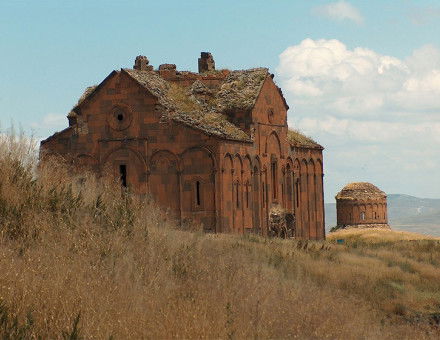Medicine in Ancient Rome
R.W. Davies describes how the Romans were often suspicious of doctors; and contemporary satirists, including Martial, cracked many jokes at their expense. Medicine, however, was now beginning to be practised on strictly scientific lines.



